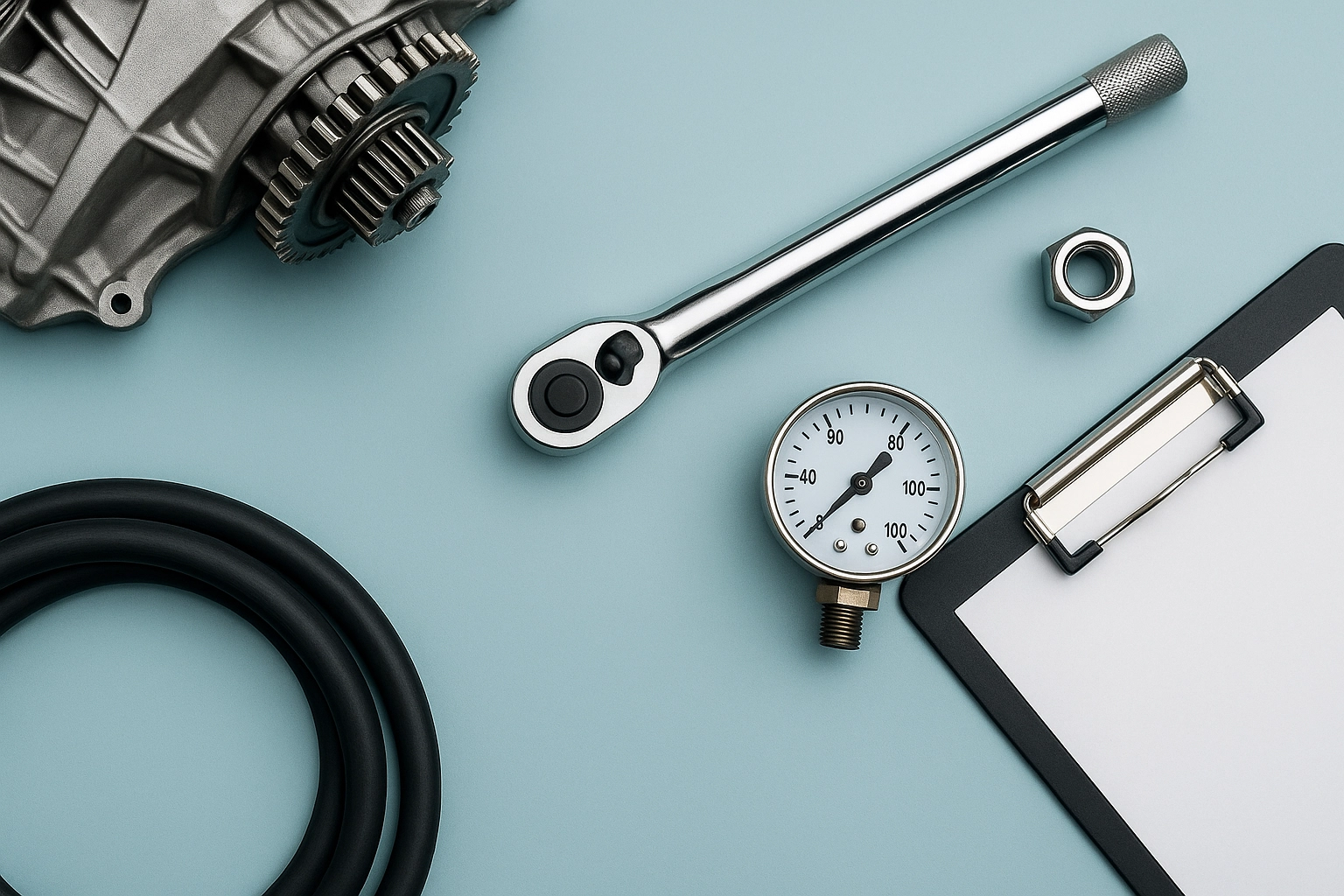SAE J2730 Hybrid Cooling System Performance Test
The SAE J2730 Hybrid Cooling System Performance Test is a critical assessment tool that ensures the robust performance of hybrid cooling systems in automotive applications. This test evaluates how effectively these systems manage heat dissipation under various operating conditions, ensuring reliability and optimal efficiency.
Hybrid cooling systems are designed to handle both liquid and air-based heat transfer mediums, making them versatile for different automotive components such as electric motors, batteries, and power electronics. The SAE J2730 test assesses the system's ability to maintain proper temperatures within specified limits, ensuring that these components operate efficiently without overheating or freezing.
The test follows a standardized procedure outlined in SAE J2730, which specifies testing parameters such as ambient temperature ranges, duty cycles, and thermal stress conditions. It is particularly important for hybrid vehicles where the cooling system must balance the demands of both traditional internal combustion engines and advanced electric powertrains.
The SAE J2730 test involves a series of steps to simulate real-world operating scenarios. These include:
- Initial calibration of the testing equipment
- Application of different ambient temperatures (both high and low)
- Simulating varying duty cycles that mimic actual vehicle usage patterns
- Monitoring system performance under thermal stress conditions
- Evaluating the system's ability to recover from overheat or overcooling situations
The test results are crucial for quality managers, compliance officers, and R&D engineers as they provide insights into the cooling system's efficiency, reliability, and durability. By ensuring that these systems meet the stringent requirements of SAE J2730, manufacturers can enhance the overall performance and longevity of their vehicles.
The test not only aids in meeting regulatory standards but also helps in refining the design for better performance. Compliance with this standard is essential for automotive companies to ensure they are delivering safe, reliable, and efficient products to the market.
Scope and Methodology
| Test Parameter | Description | Acceptance Criteria |
|---|---|---|
| Ambient Temperature Range | Simulated temperatures ranging from -40°C to +85°C | No more than 1°C deviation in temperature control accuracy |
| Duty Cycle | Varying load cycles up to 90% of maximum power output | System must maintain specified temperature within ±2°C limits throughout the cycle |
| Thermal Stress Conditions | Simulated conditions that cause rapid temperature changes | No system failure or component damage; recovery time under 10 minutes |
The SAE J2730 Hybrid Cooling System Performance Test is designed to simulate the real-world operating environment of hybrid vehicles. The test focuses on key parameters such as ambient temperature, duty cycle, and thermal stress conditions. These factors are critical in ensuring that the cooling system can effectively manage heat dissipation under a wide range of conditions.
The acceptance criteria outlined in SAE J2730 ensure that the cooling system performs within specified tolerances. For instance, the system must maintain temperature stability during duty cycles and recover quickly from thermal stress events. Compliance with these criteria is essential for meeting both regulatory requirements and ensuring product reliability.
Quality and Reliability Assurance
The SAE J2730 Hybrid Cooling System Performance Test plays a vital role in the quality control process of automotive manufacturing. By subjecting cooling systems to rigorous testing, manufacturers can identify potential issues early in the development process. This proactive approach helps in refining designs and improving overall product performance.
Quality managers rely on this test to ensure that each system meets the highest standards of reliability and durability. The test results provide valuable feedback for continuous improvement initiatives, allowing companies to stay competitive in the market. Compliance with SAE J2730 is not only a measure of regulatory adherence but also an indicator of a company's commitment to excellence.
The use of this standardized testing procedure ensures consistency across different manufacturing facilities and suppliers. This uniformity enhances trust among stakeholders, including customers and regulators. By adhering to the strict criteria outlined in SAE J2730, manufacturers can build a reputation for producing high-quality automotive components.
Use Cases and Application Examples
- Electric Vehicle (EV) Manufacturers: Ensuring that cooling systems effectively manage the heat generated by battery packs and electric motors.
- Hybrid Vehicle Manufacturers: Testing the system's ability to balance the demands of both traditional internal combustion engines and electric powertrains.
- R&D Engineers: Using this test to refine designs and optimize performance for future models.
- Compliance Officers: Verifying that cooling systems meet all relevant regulatory requirements.
- Procurement Teams: Evaluating the quality and reliability of cooling system suppliers.
The SAE J2730 Hybrid Cooling System Performance Test is widely used in various automotive sectors. Electric vehicle manufacturers, for instance, rely on this test to ensure that their cooling systems can efficiently manage the heat generated by battery packs and electric motors. Hybrid vehicle manufacturers use it to balance the demands of both traditional internal combustion engines and electric powertrains. R&D engineers utilize this test to refine designs and optimize performance for future models.
Compliance officers use the SAE J2730 test to verify that cooling systems meet all relevant regulatory requirements. Procurement teams, on the other hand, evaluate the quality and reliability of cooling system suppliers using these standardized tests. By leveraging this testing procedure, automotive companies can ensure they are delivering safe, reliable, and efficient products.





